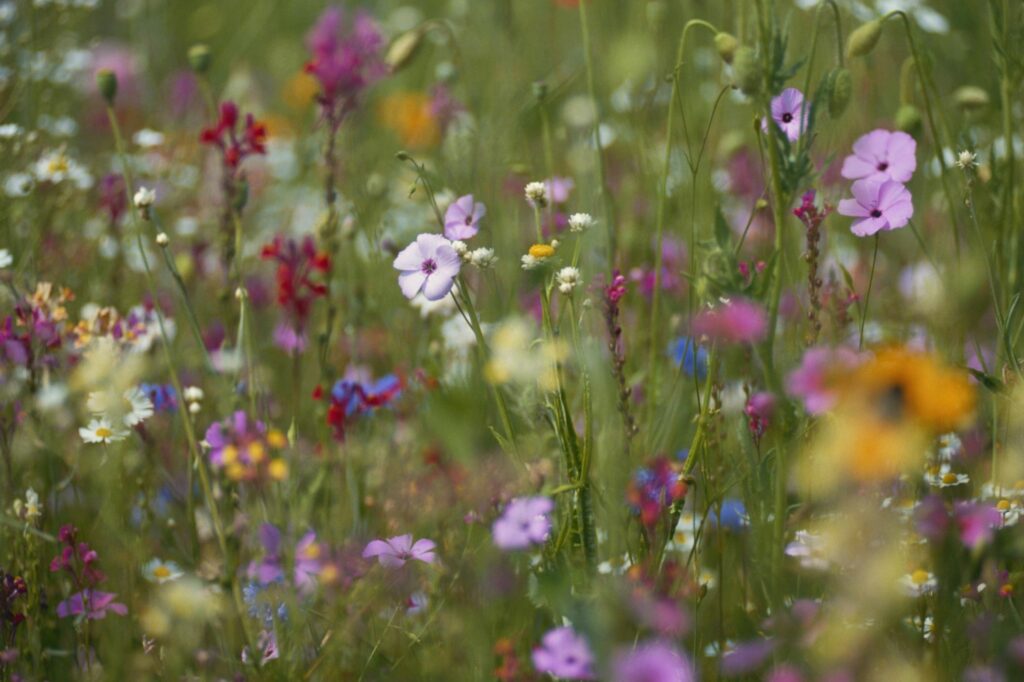 A brilliant teacher asked me last week to please let her know if I observed any content aspects she might have forgotten in her Teacher Training curriculum.
A brilliant teacher asked me last week to please let her know if I observed any content aspects she might have forgotten in her Teacher Training curriculum.
In the Curriculum Check-up I was looking at alignment in the design, objectives, outcomes, structure and learning activities. I thought about her question as I tended to the blooming wildflower abundance of orange, yellow, deep purple and green in the spring desert that afternoon.
About 15 years ago, I began to seed wildflowers in my rocky desert front yard. I lovingly collected and cultivated seeds from dead and drying plants like a modern-day Johnny Appleseed or the-less-well-known Miss Rumphius of Maine, famous as the Lupine Lady.
For most of the year the desert lacks much vibrancy and color, so the contrast at this time of the year is startling and draws a lot of attention with passersby often stopping to take pictures with important-looking cameras.
Anyway, at this point the wildflower abundance has proliferated in such a way that it has taken over and there, amongst the beauty and the wildflowers, are their thorny thistly not-so-kind (or beautiful, in my opinion) weeds growing in and amongst their cousins.
The weeds do not contribute to beauty.
So, what does all of this have to do with the Curriculum Check-up you ask? Well, assessing your curriculum is often like being the master-gardener of your own self-cultivated wildflower farm.
Once you identify the vision and promise of your wildflower garden of a curriculum- you know what your vision is and you can begin selectively weeding to match that vision.
You must decide what flowers are adding to the beauty, brilliance, and value of the overall garden and what cousins are weeds that need to be selected and removed. Often times, unwanted weeds in our curriculum spring up in an organic fashion and although they may be part of the native soil, they have a unique way of distracting us from the beauty and brilliance.
To be able to see clearly, what is there, I suggest thinking like a wildflower farmer–
First remove all of the weeds, and then cultivate the seeds to enhance and address anything that is missing.
Selective weeding clarifies the beauty of what is there. It allows more direct access to the vision and promise. It defers distraction and magnetizes experience.
So if you have a course curriculum that needs a review, get your master gardener gloves on. See the beauty. Find what is vital, what works best and then weed out anything that stands in the way. And if you need help, reach out for some master gardening support and book a Curriculum Clarity Check-in today!
